Ask Jillian: Parallel Drafting Tips
Dear Jillian,
I am having the worst time parallel drafting! My fibers don’t draft well, there’s clumping, and one color frequently falls away. Can you give me some tips to make it easier?
~Tess (and others) in Jillian’s class at Maryland Sheep and Wool
Hi Tess,
Parallel drafting may be my favorite color spinning technique, but it was super awkward for me when I first started. I felt like I was trying to spin with my toes!
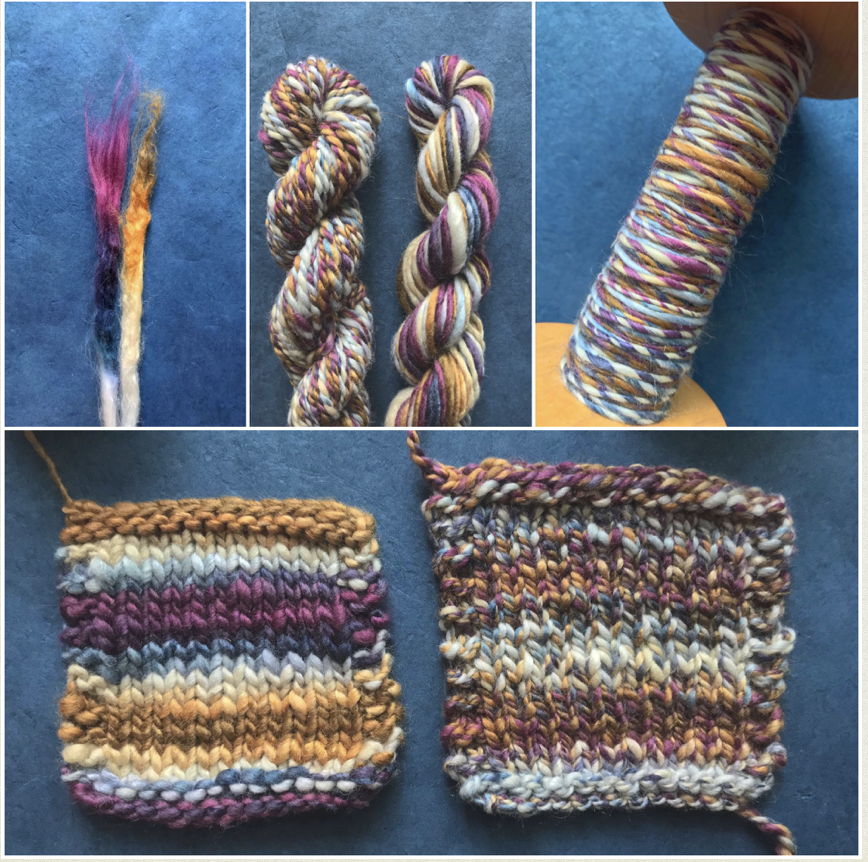
Here are my tips to create an even marl in your singles so you can have wonderfully speckled and blended colors in your ply. I hope one or all of them work for you to make parallel drafting easier!
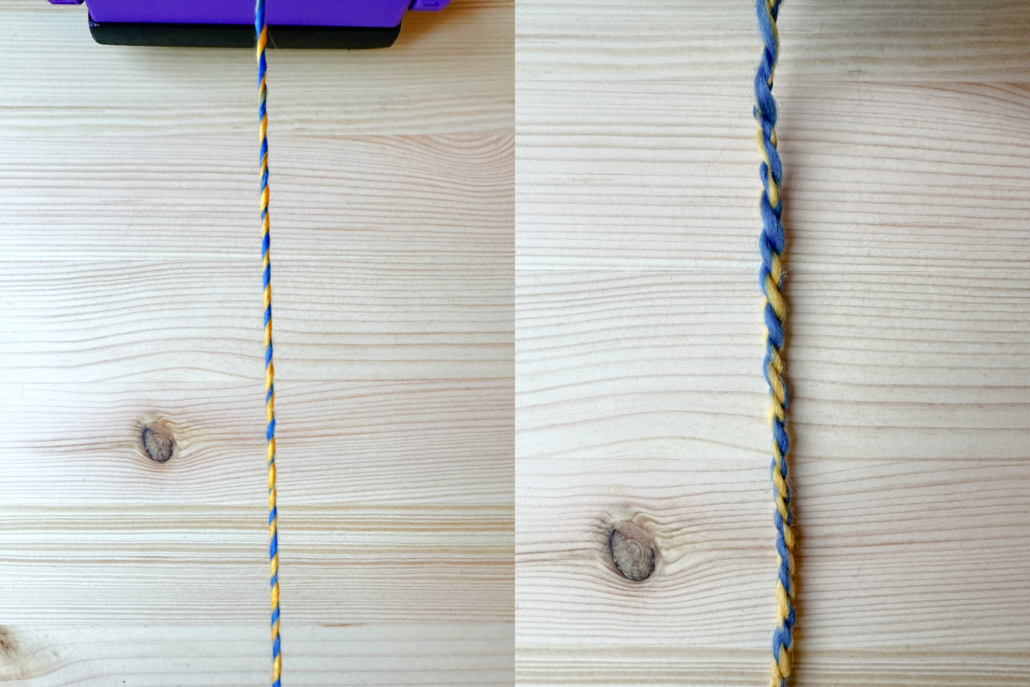
Fiber
It helps when you are first learning to parallel draft to use fibers that are close in staple length. Corriedale and Falkland or Merino and Polwarth are great places to start, and when those feel comfy, move to combos like Corriedale and BFL or Merino and Merino/silk. Keep practicing and you’ll get to the point where you can parallel draft almost any fibers together.
Preparing Your Fibers
This may be the most important tip: use less fiber than you want to. Not what you want to hear, I know, but it makes such a difference.
I measure my fiber with my fingers. I use two-fingers’ width of fiber, after it’s been fully fluffed.
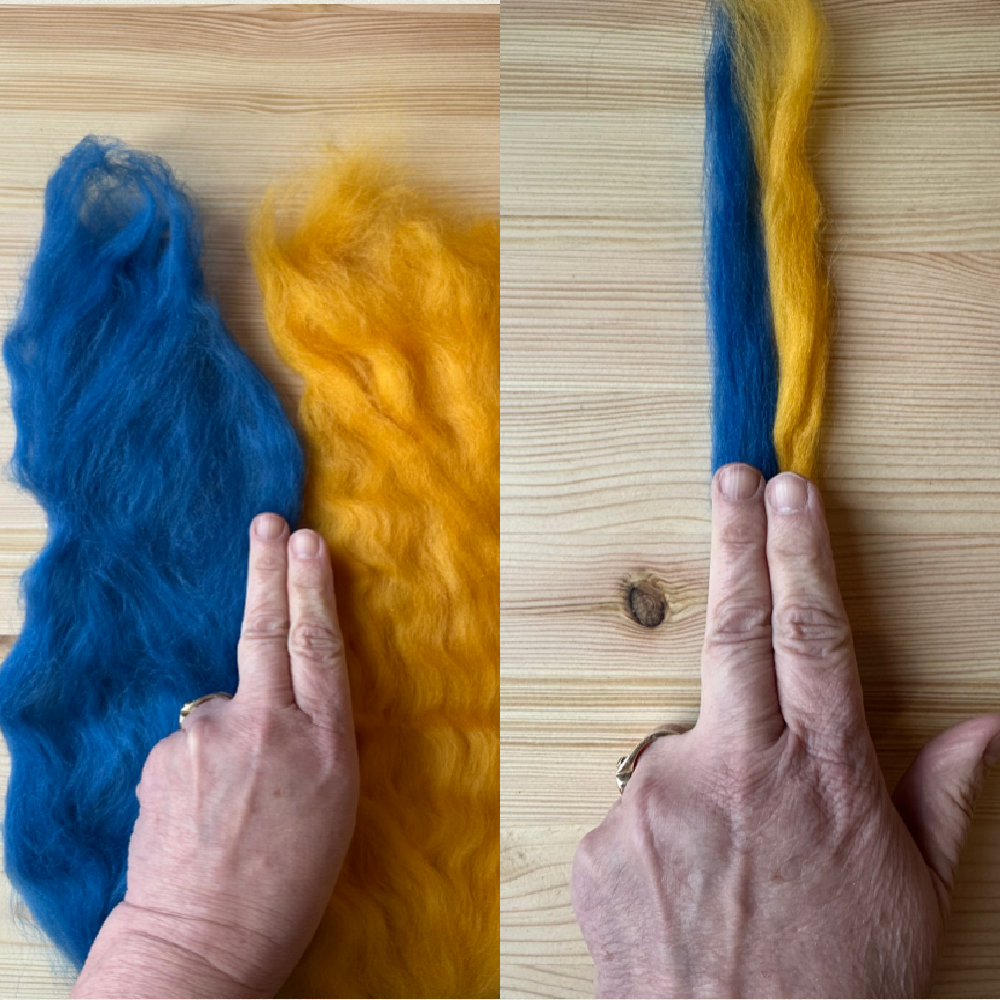
I open my fibers horizontally and measure the strips of fiber to use. If I am drafting two braids or two solid colors together, I use a finger’s width of each color; if I’m using a natural color and a braid, I use 2/3 of my two-finger’s width of the braid and 1/3 of the natural color.
It’s easy to try to parallel draft without opening your fibers all the way, but that leads to less-than-smooth drafting and clumping.
After I open and strip my fibers, I hold them side by side and pre-draft them together. I slowly, vertically attenuate them, which helps the fibers grab onto each other before drafting at the wheel even begins.
You can do it just with your hands, or you can pull them through a diz, using a handcard or comb to hold your fibers.
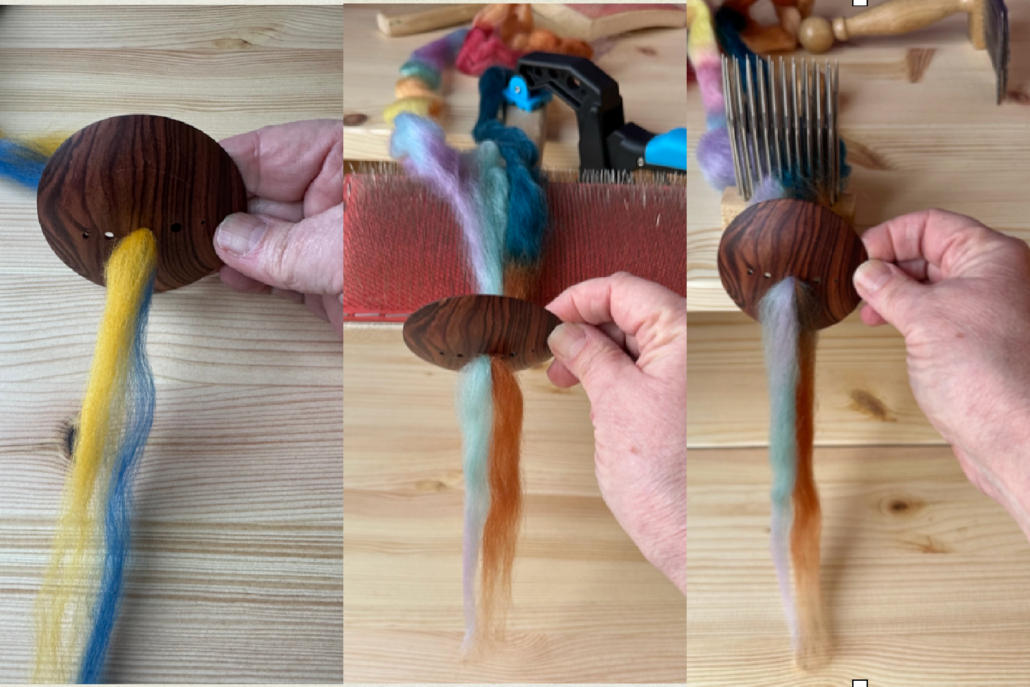
Tension and speed
One of the rudest things to say to a spinner is “slow down.” We want to get our yarn done fast so we can bask in its gorgeousness and get on to our next yarn. But if you slow down overall while you are learning to parallel draft, it makes a huge difference. Slowing down helps you draft more easily and keeps both fibers together.
Once you feel like you have the technique down, you can move back to Speed Racer mode.
Finding a way to equally tension the pieces of fiber will help keep one fiber from falling away while you are drafting. I’ve found that putting a finger from my fiber (back) hand in between the two strips of fiber allows me to tension them equally, change the tension between the two if one strip feels fatter, and notice quickly if one strip falls away.
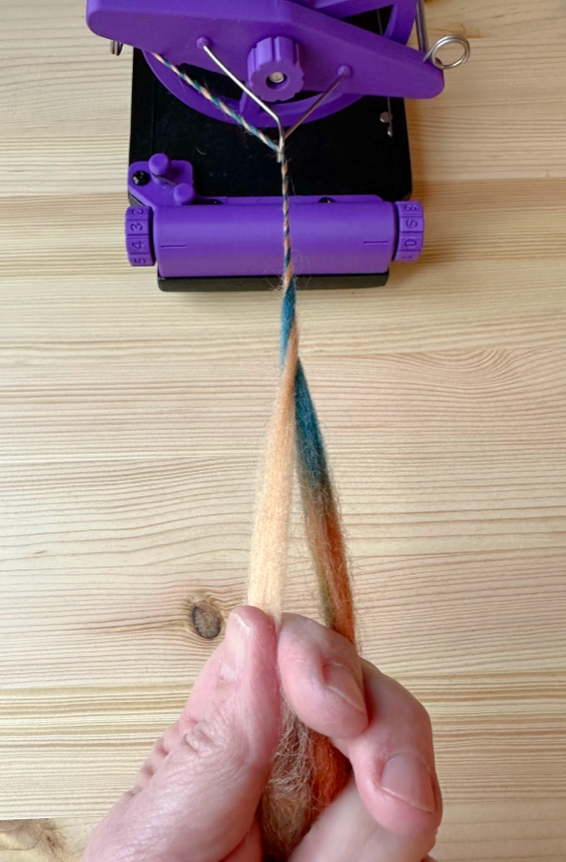
Want Jillian or Jacey to take a stab at your question? Tell us what you want to know:



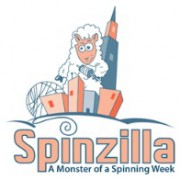
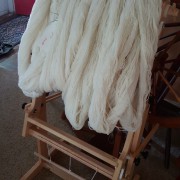
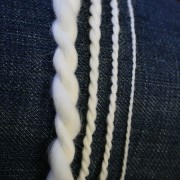
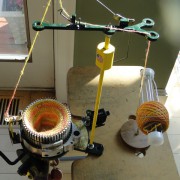



Leave a Reply
Want to join the discussion?Feel free to contribute!